Rethinking access to food: Lessons learned during a pandemic
A list of five ways the pandemic has shifted the way we access/purchase food products.

Access to food is a critical component of food systems planning. When we think of “access,” we think of how residents of a community can procure, purchase and bring home affordable, culturally appropriate and healthy food.
Five Ways the Pandemic has Shifted the Way we Access and Purchase Food Products
Lesson 1: Preferences for Products
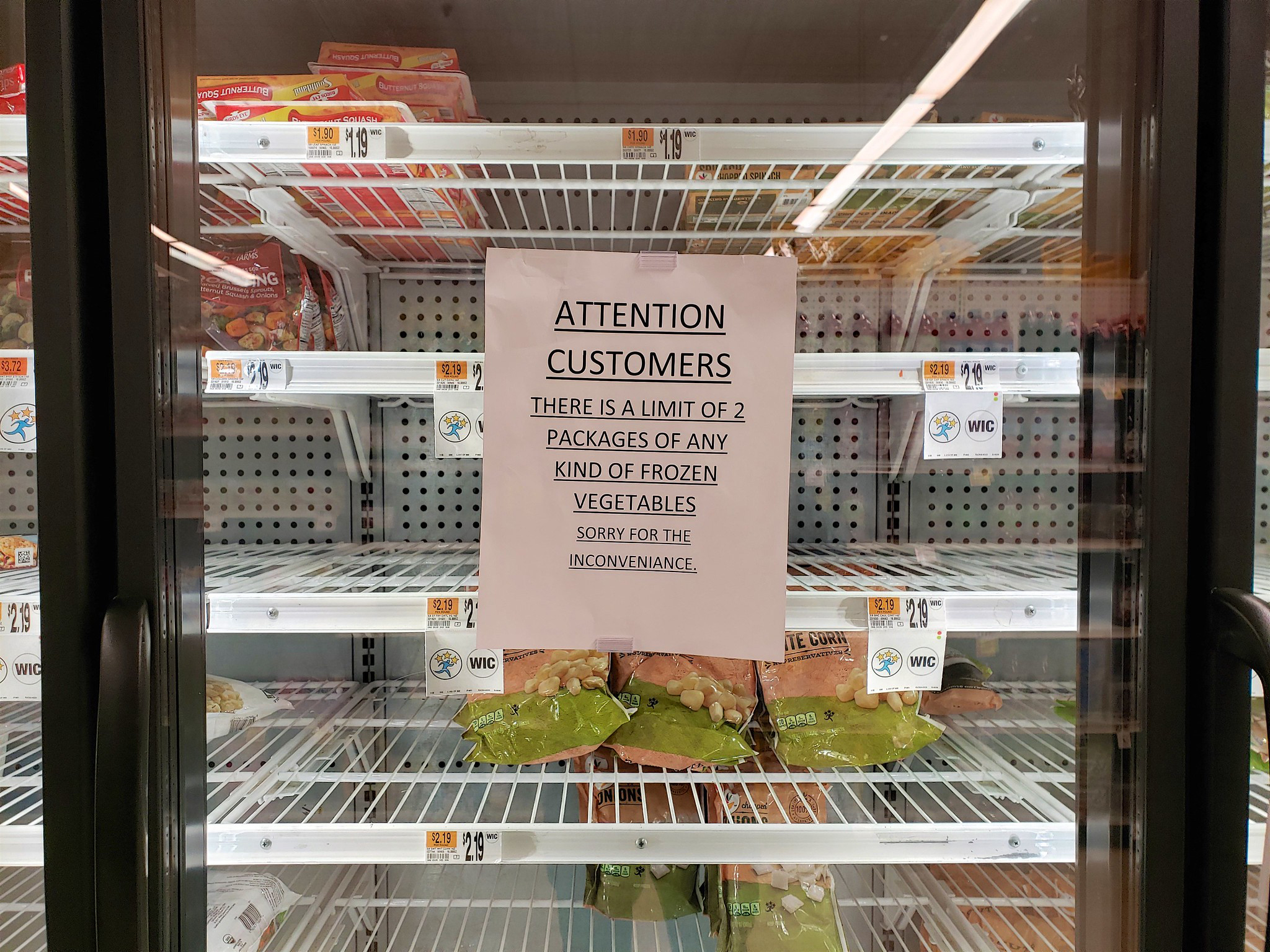
“Frozen Food Limits” by Joe Shlabotnik (licensed under CC BY-NC-SA 4.0).
Packaged products are easier to sanitize and give the impression of cleaner products than produce bins where you pick out and bag items yourself. Sales for frozen foods (due to lasting shelf life), local products, and immunity-boosting products (like oranges) have increased considerably. All residents should have a variety of products to choose from so they can make the right choices to keep their families healthy.
Lesson 2: Consolidating Trips
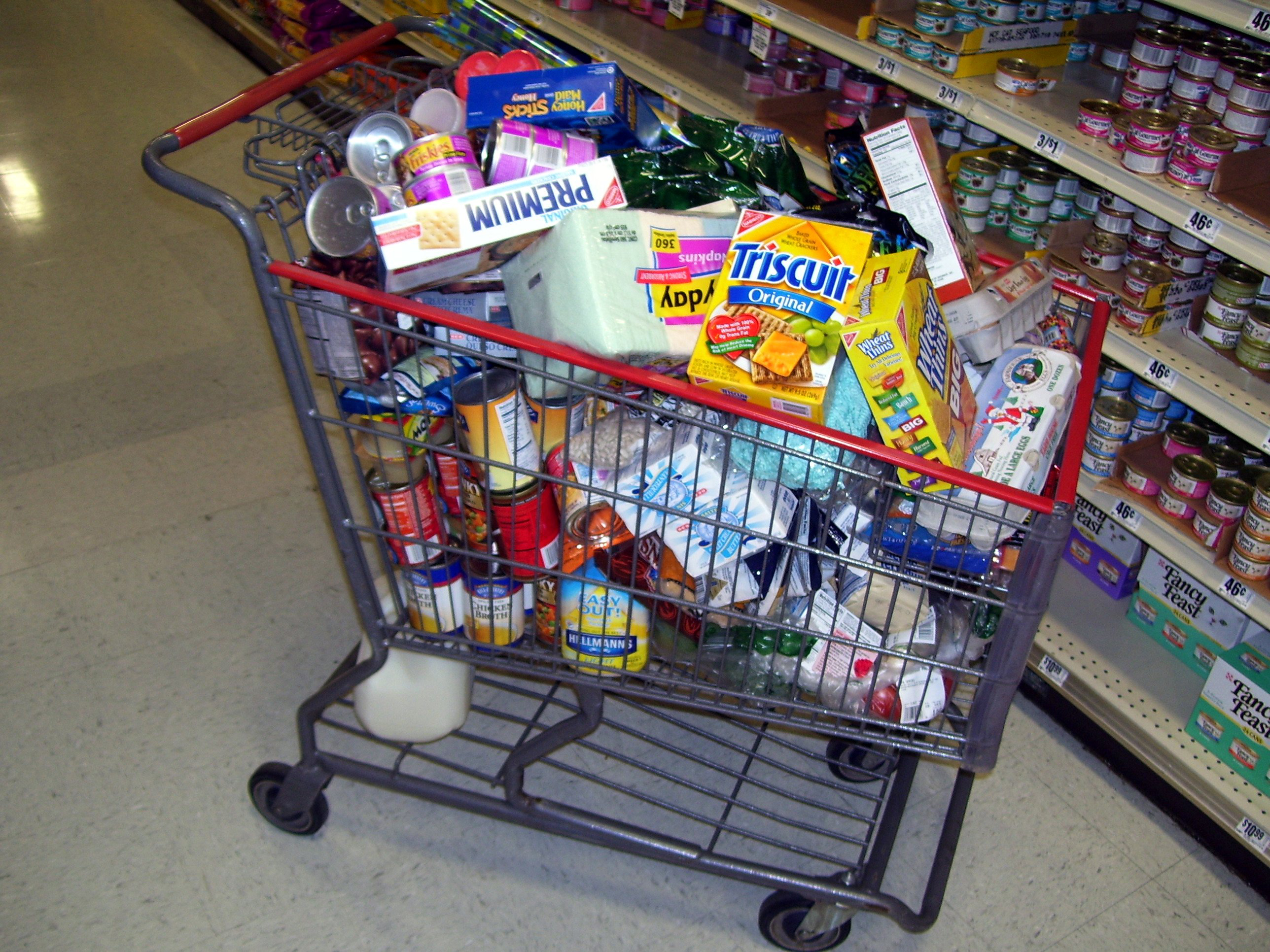
“Thanksgiving Supplies” by Phil! Gold (licensed with CC BY-SA 2.0).
Due to travel restrictions and the need to curtail contact with others, fewer trips to the grocery store are being made. This is a positive trend as it reduces unnecessary vehicle trips and saves on gas.
Lesson 3: Online Shopping
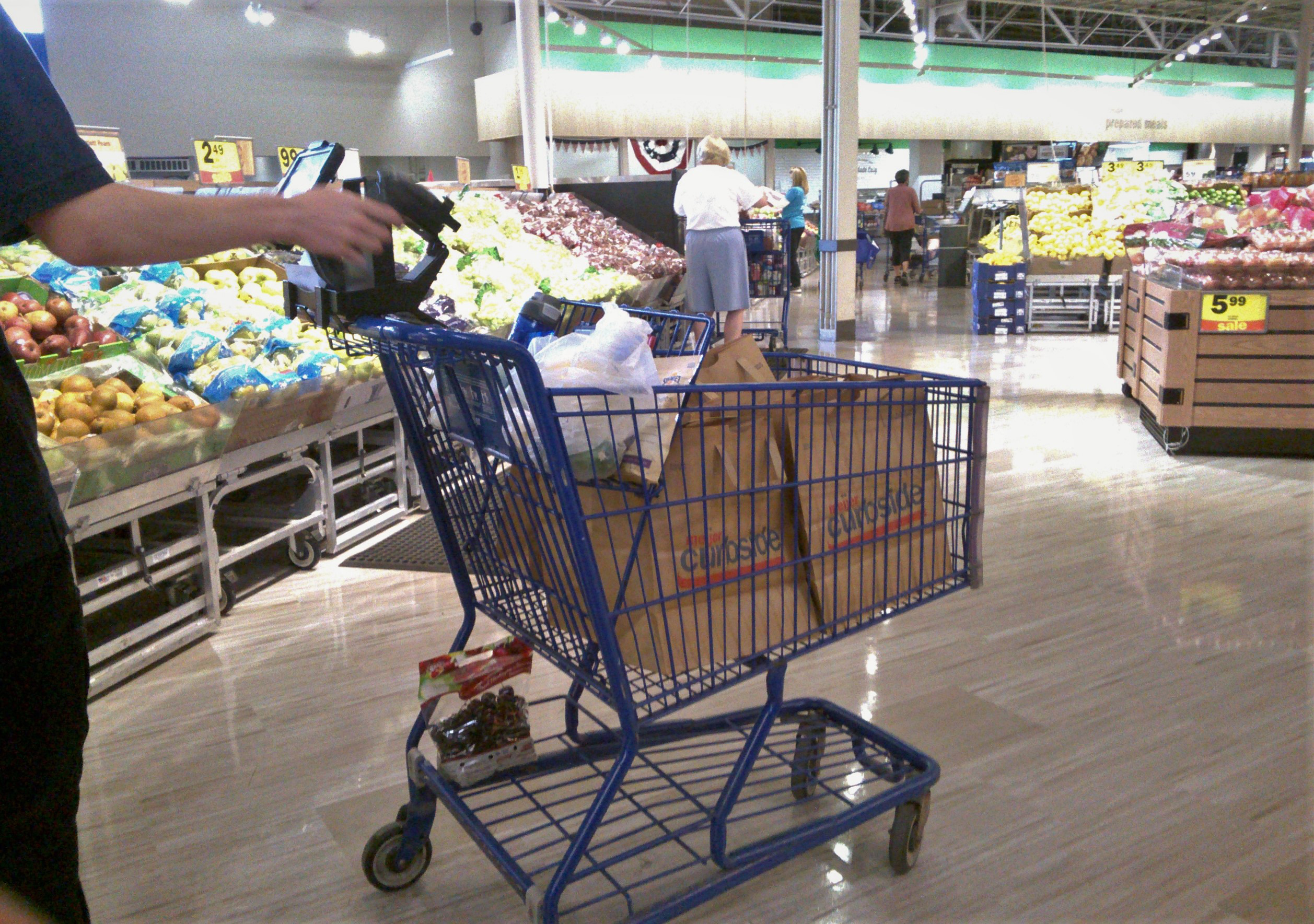
“Grocery shopper and delivery service on Wednesday morning” G Witteveen (licensed with CC BY-NC 2.0).
Food delivery services, such as Instacart (for groceries and supplies) and DoorDash (for prepared foods), are being used on a much larger scale. This could add to the inequities as these services often require a paid subscription that some residents might not be able to afford.
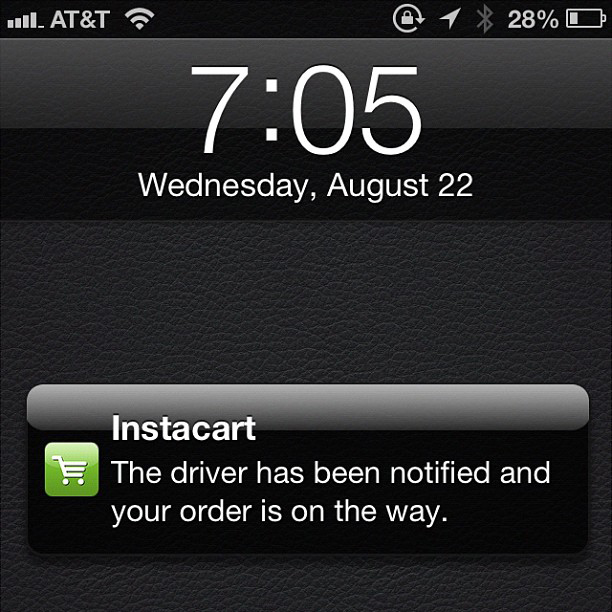
“First Instacart order. Some items weren’t available which was a bummer” by Leo Chen (licensed with CC BY 2.0).
Lesson 4: Curbside Pickup
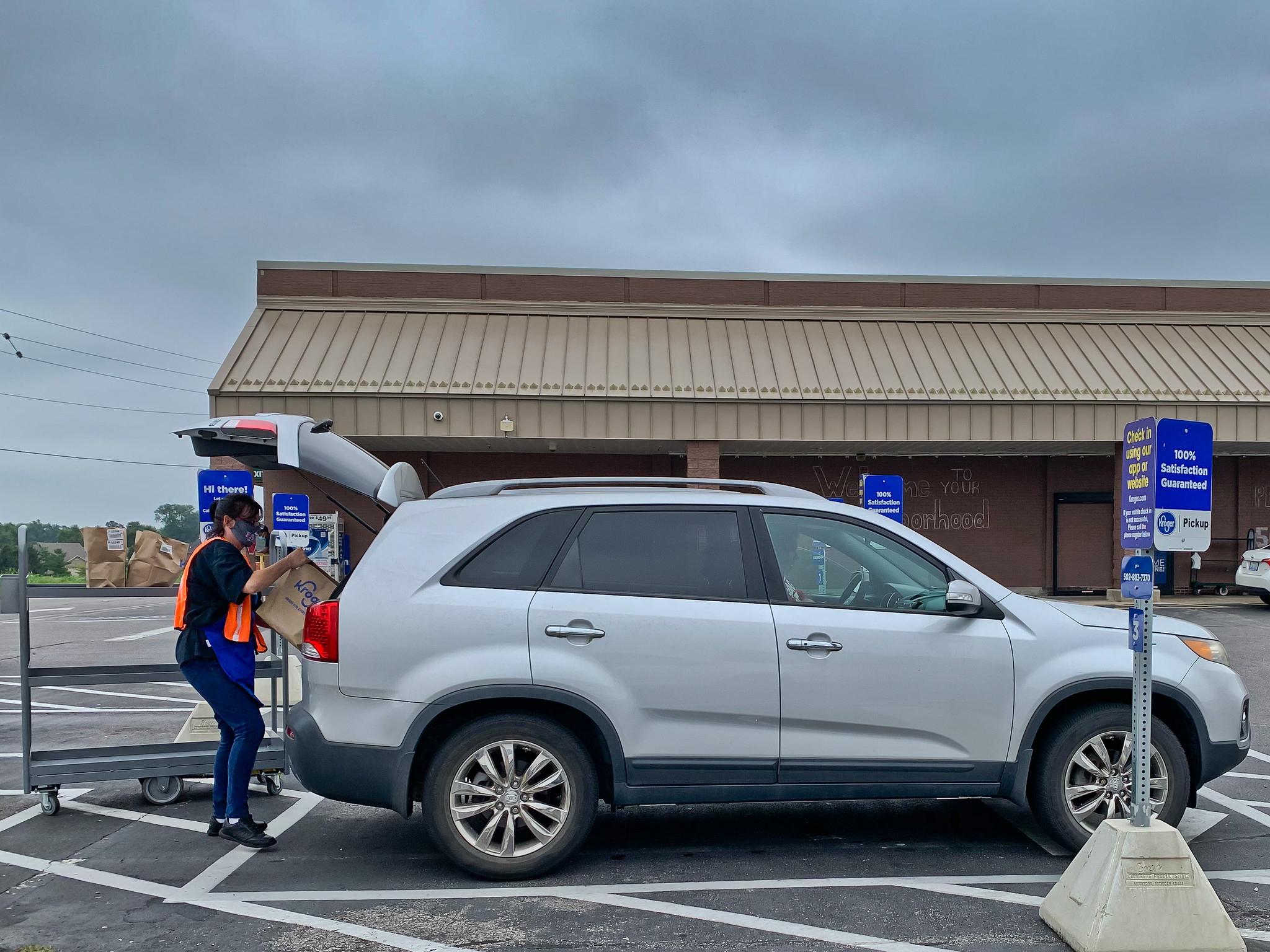
“Curbside Pickup” by Joseph Schneid (licensed with CC BY-NC 2.0).
Many stores have introduced curbside pickup where the customer does not need to get out of their vehicle and enter the store, rather their order is collected, packed and delivered to them when they drive up to the curbside. This is different from online delivery as there is usually no subscription fee for this service. However, inequities would still exist for those customers who do not have access to a vehicle and cannot afford subscription-based services.
Lesson 5: Preference of Stores
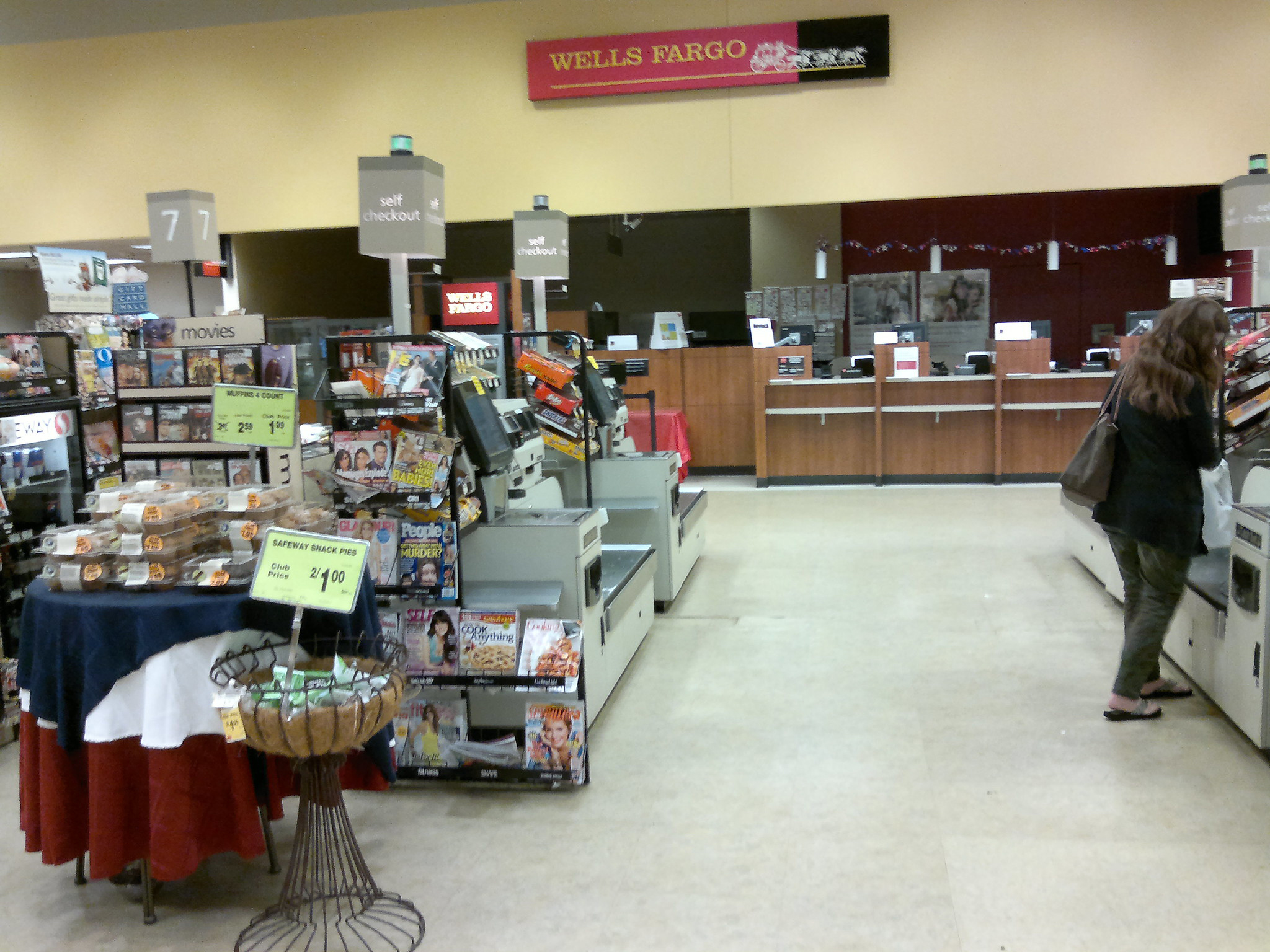
“Self Checkout” by Paul Swansen (licensed with CC BY-ND 2.0).
Consumers are choosing to go to certain stores where they feel they can get all that they need, pay quickly and get home. Stores that have widened aisles, added self-pay counters and introduced measures that make customers feel safe are preferred. A positive trend overall for the continued safety and well-being of customers.
Planners can play a vital role in moving away from food deserts and food swamps to creating neighborhoods where there is equitable access to healthy and affordable foods for all residents. Walkable neighborhoods that afford access to various daily necessities to all residents alleviate many of the issues faced when looking at access to foods. Planning matters!
Urban & Regional Planning Program at Michigan State University
Urban and regional planning investigates the connection between our physical spaces, communities and the individual. Through the combination of data, environmental research, creative design and community outreach, planners have the potential to positively impact the way we exist with our environment.
As our society grapples with issues of the environment, social justice, culture, economic development and sustainability, Planners are at the forefront of developing creative and inclusive solutions to the ongoing demands of the economic, social and environmental development of our communities at varying scales (from the local to the regional/national).
The MSU Urban & Regional Planning program was established in 1946 and offers a Bachelor of Urban and Regional Planning, a Master of Urban and Regional Planning and a Ph.D. in Planning, Design and Construction with a concentration in Urban and Regional Planning.
Contact us for more information: Zenia Kotval, URP professor and program director at kotval@msu.edu.



 Print
Print Email
Email




